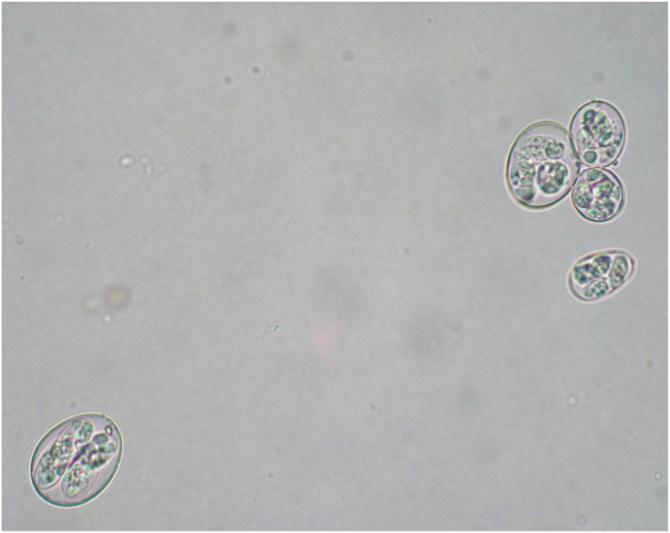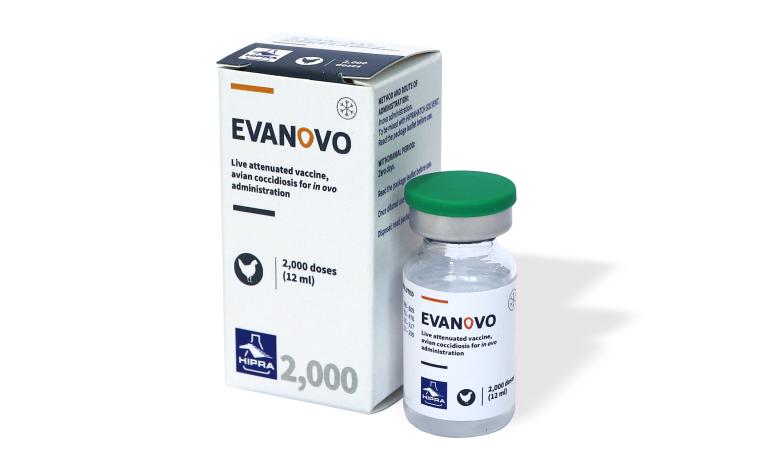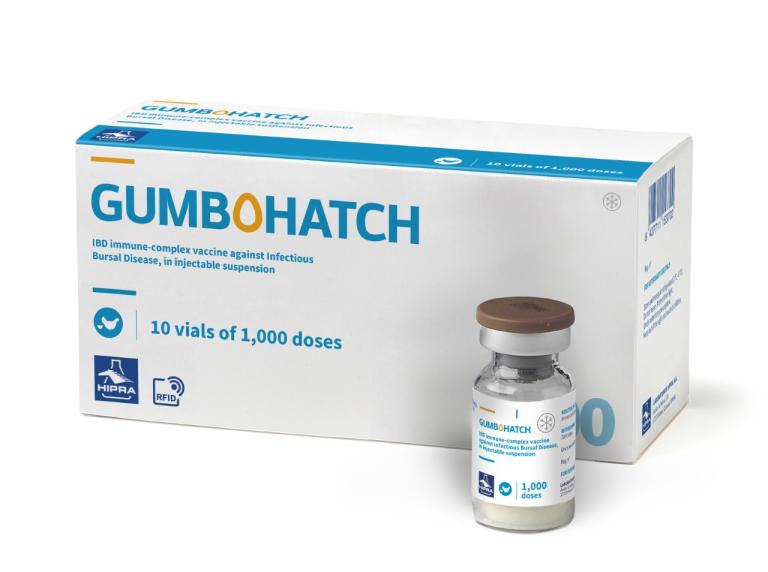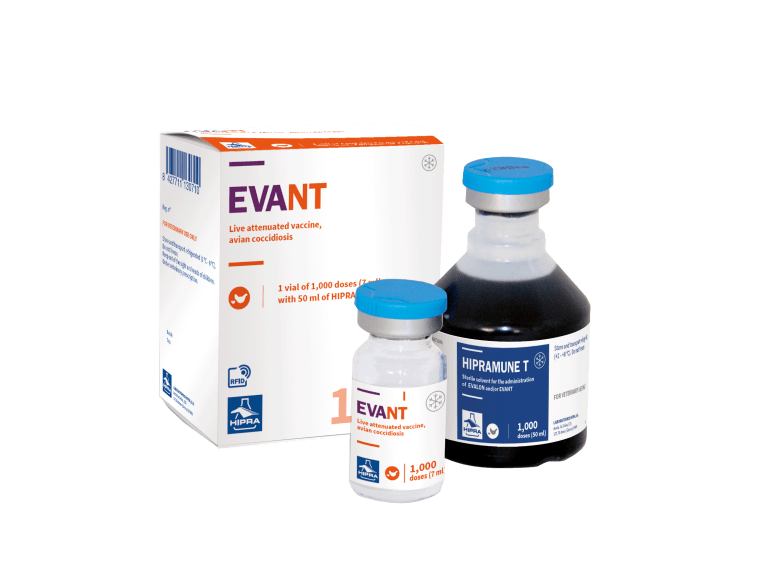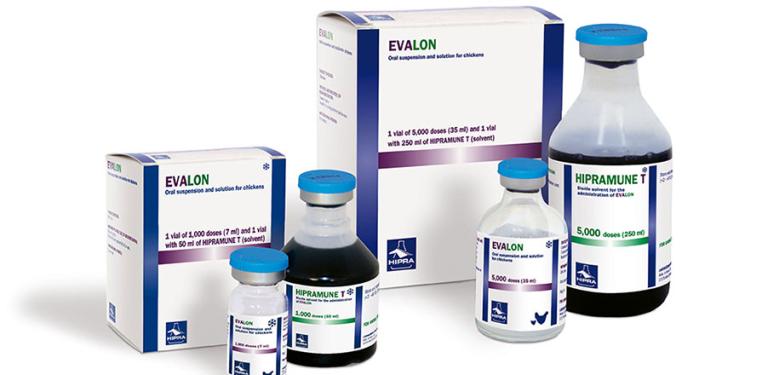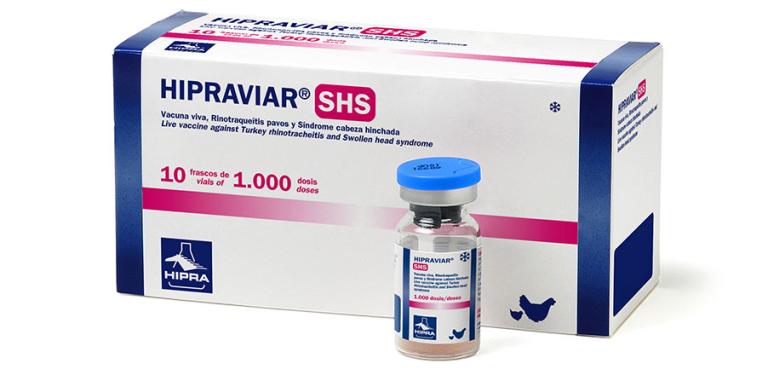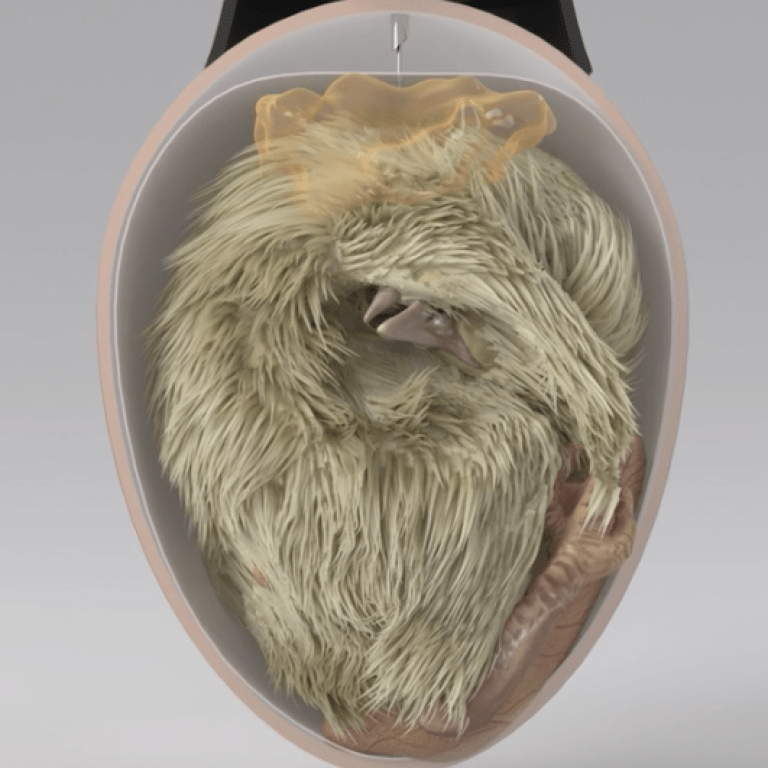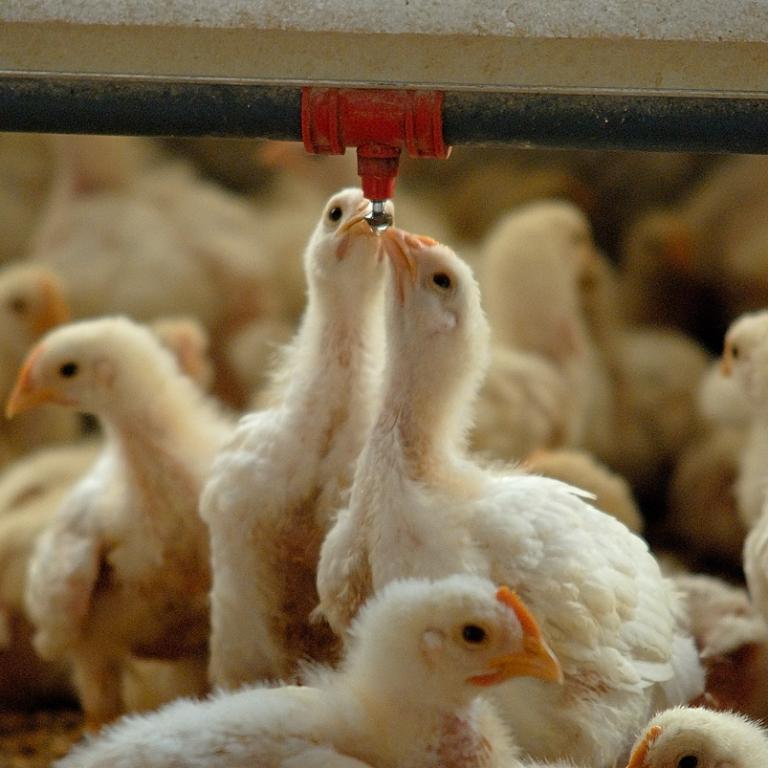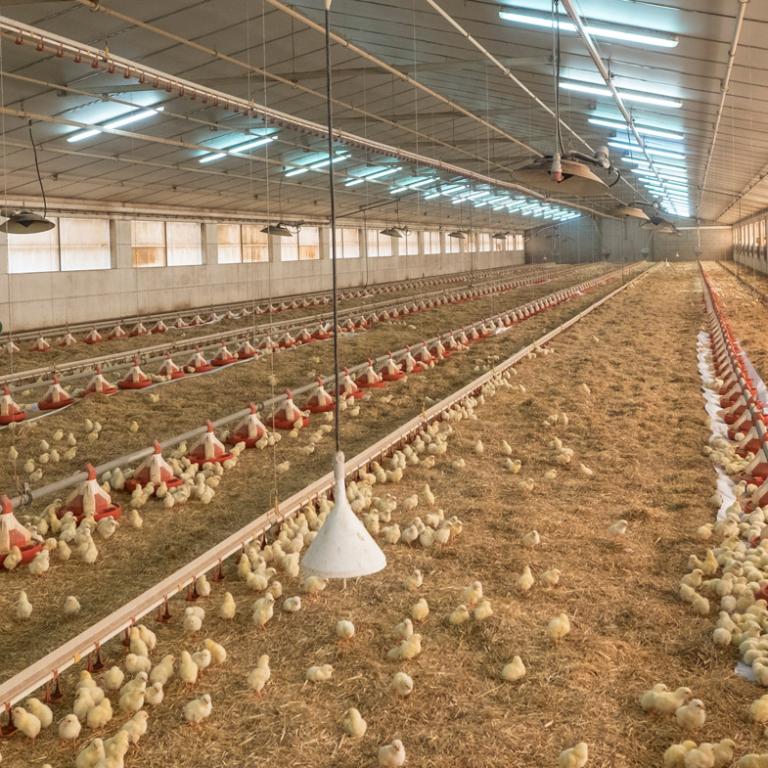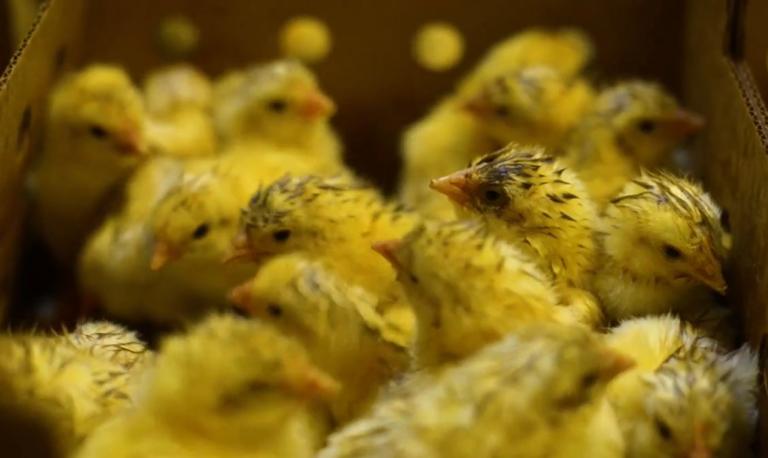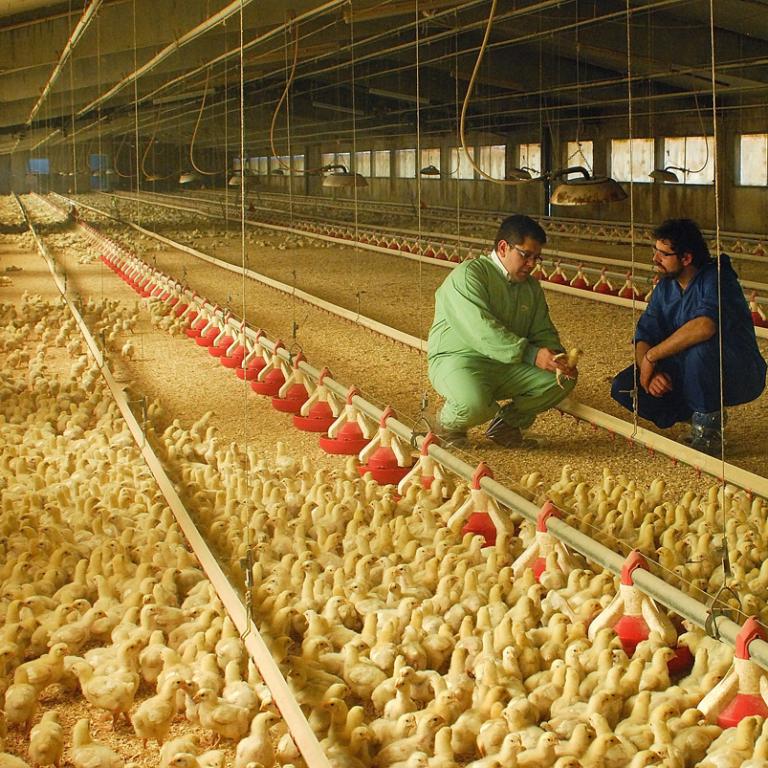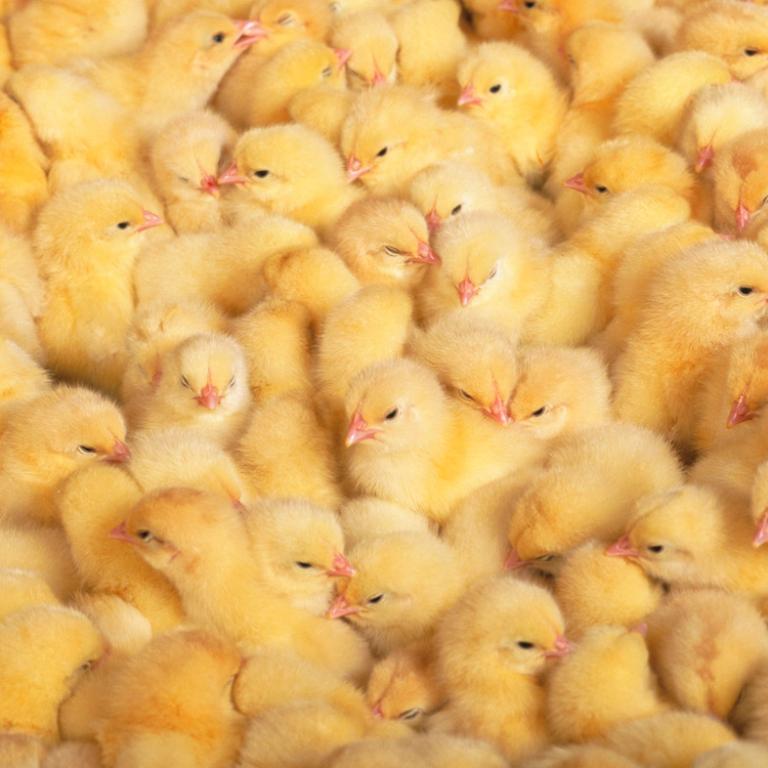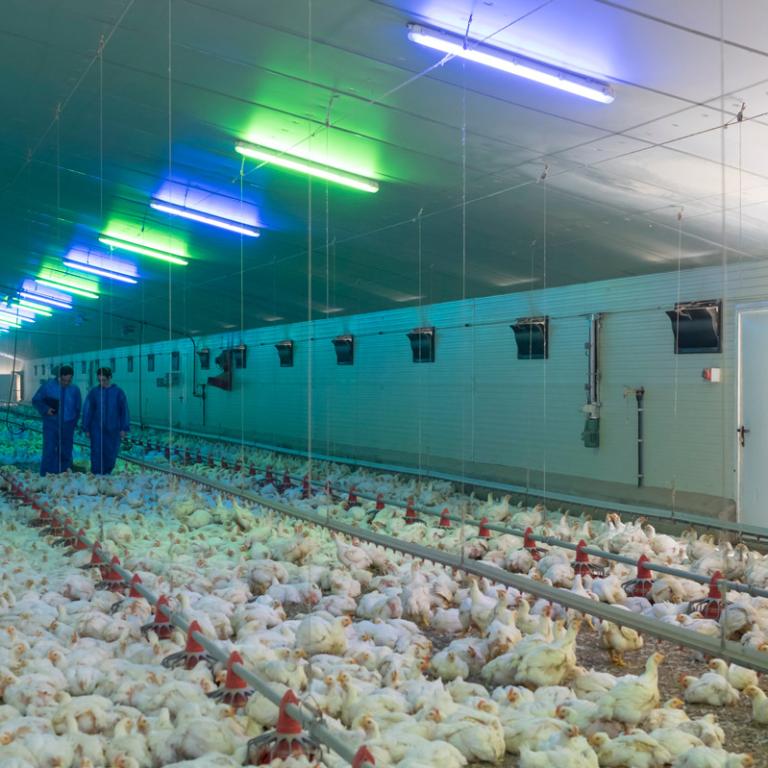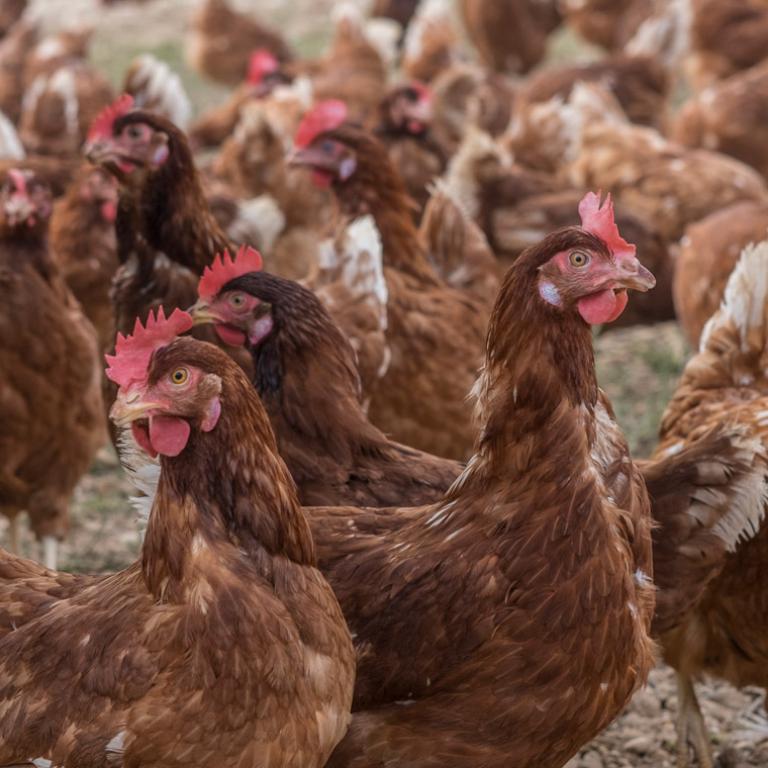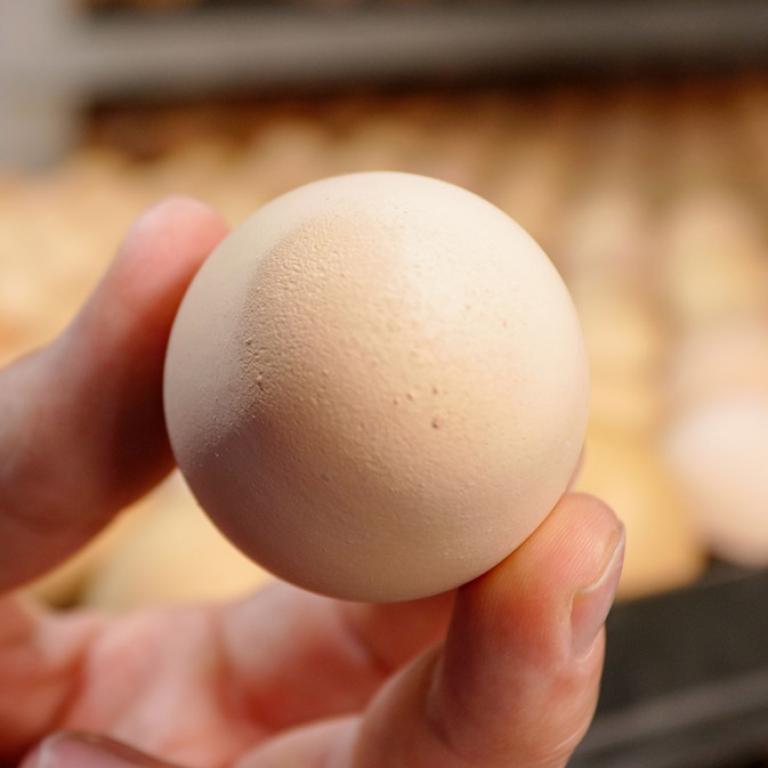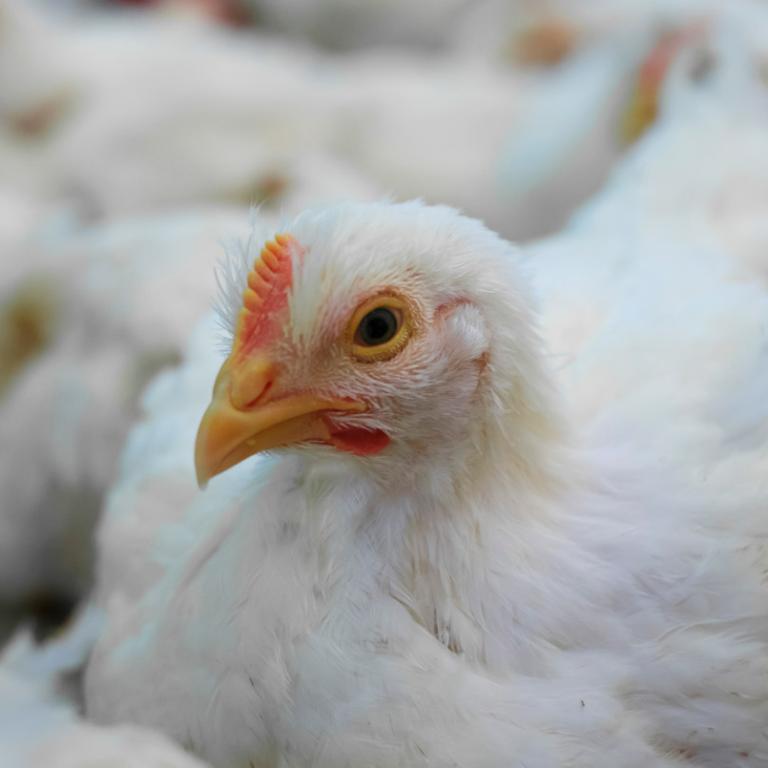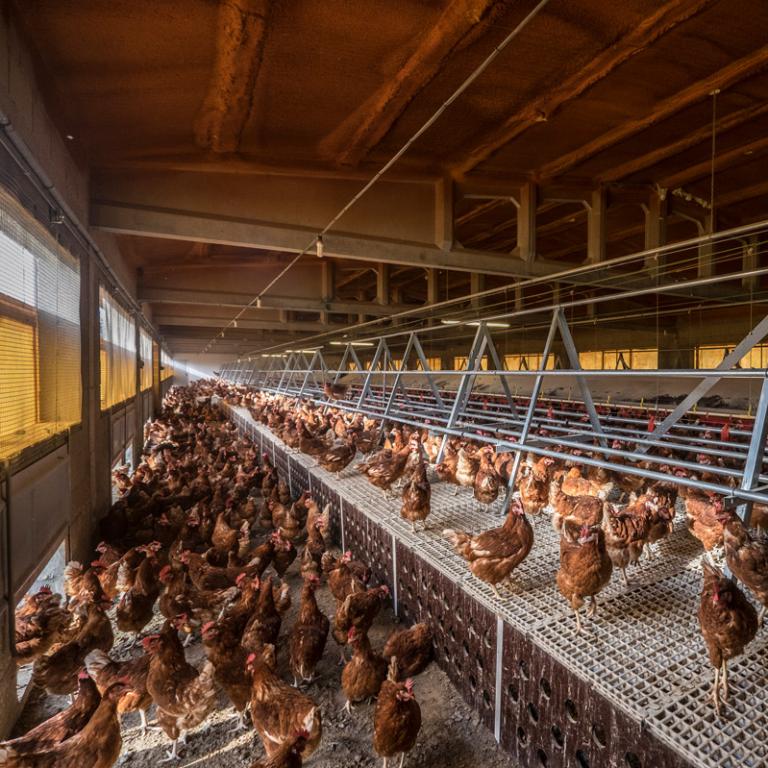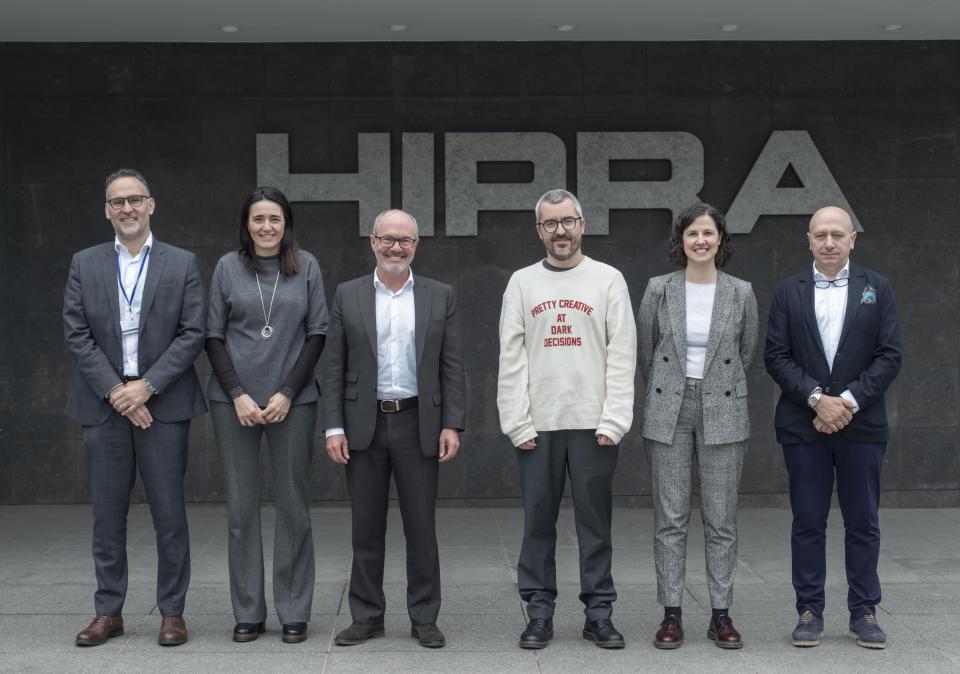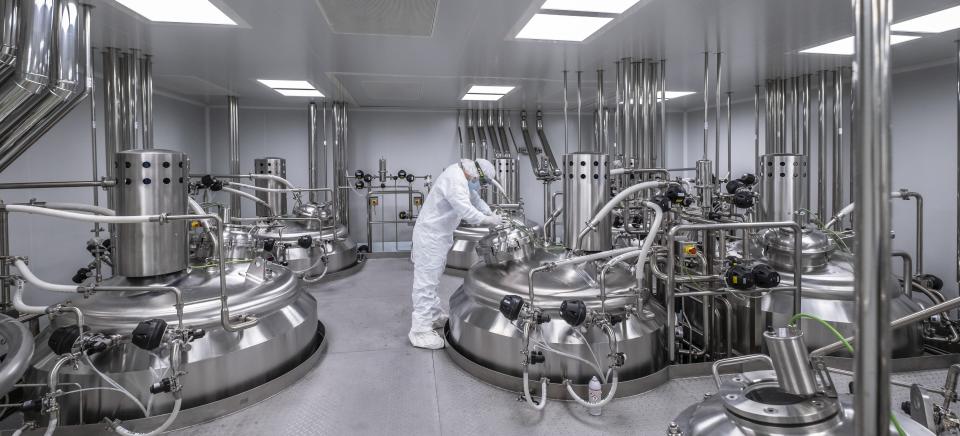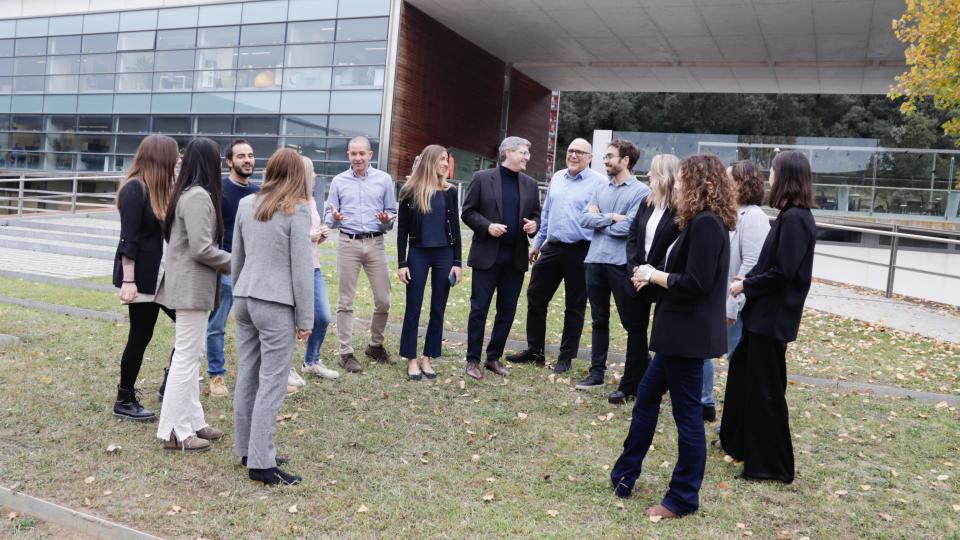Prevention of coccidiosis in poultry relies on live vaccines. Ionophores act as coccidiostasts by maintaining a certain level of contact with the oocyst parasite but vaccines are the only products that are able to generate a good level of specific immunity from the very beginning. Oocyst production in itself is a challenge for those companies producing vaccines
Vaccines have been considered as a method of control of coccidiosis since the early 1950s when the first products appeared. In view of the complexity of the immunity established to fight against the disease, it is necessary to work with the infective part of the parasite, i.e. the sporulated oocyst. This has been the mode of action of coccidiosis vaccines. The first vaccines were produced from pathogenic oocysts gathered in the field.
